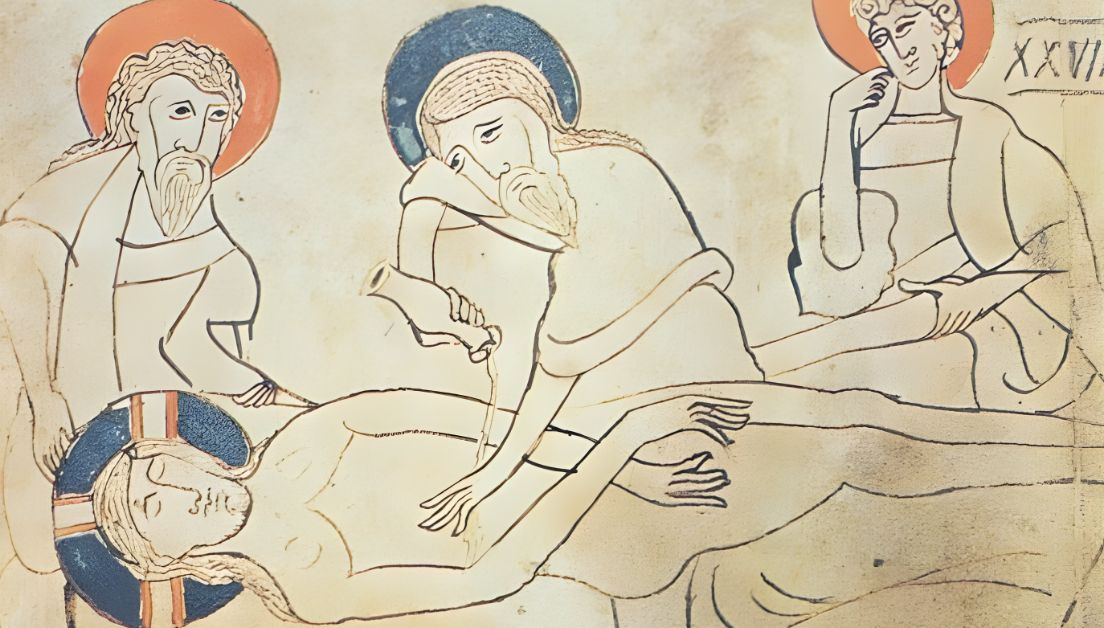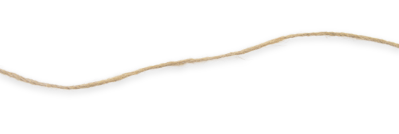The Shroud of Turin may have been known in antiquity as the Image of Edessa—a relic linked to the ancient city of Edessa (now Şanliurfa in modern-day Turkey).
The image of Edessa was well known as a cloth that was miraculously imprinted with the face of Jesus.
Why That’s Important
The travels of the Shroud before the 14th century are still being researched and pieced together by historians. If the Image of the Edessa really was the Shroud, it provides more clues about the Shroud’s history.
King Abgar and the Face of Jesus
The Legend of Abgar is an early Christian tradition that tells of King Abgar V of Edessa, who was afflicted with an illness and sought healing from Jesus. According to the legend, Abgar sent a letter to Jesus, asking him to come to Edessa to cure him. Jesus reportedly responded that he could not visit personally but would send one of his disciples to heal the king.
Another version of the legend describes the Apostle Jude Thaddeus as bringing a miraculous cloth bearing the image of Jesus’s face to King Abgar. Abgar was healed and converted to Christianity. This is one of the earliest recorded instances of a king accepting the Christian faith.
This is recorded by the Christian historian Eusebius of Caesarea (c. 260 – 339 AD). He wrote that a disciple brought a miraculous image of Jesus’s face to Edessa. The image was believed to have healing properties and became revered as “the Image of Edessa”.
The Image Disappears… Then Reappears
Some accounts say the image was hidden for safe-keeping in a niche above an arch in one of Edessa’s city walls during persecutions of the early Christians – and then forgotten.
It was reportedly rediscovered in the 6th century during Edessa’s reconstruction after an earthquake.
The Image of Edessa was believed to have played a miraculous role in defending the city of Edessa from attackers during the Persian siege of Edessa in 544 AD. The image was displayed on the city walls and credited with saving the city from destruction.
Original Source for Depictions of Jesus in Pantocrator Icons?
There is a theory that monks who saw the Image of Edessa – which could have been a folded Shroud showing only the face – were inspired to create Christ Pantocrator icons depicting Jesus as the ruler of all based on its image.
One of the oldest is the Christ Pantocrator from Saint Catherine’s Monastery dating from the 6th century. This famous icon from Mount Sinai depicts Jesus with long hair and a solemn expression bearing a striking resemblance to the face of the man of the Shroud.
Is the Image of Edessa the Same as the Mandylion?
The Image of Edessa and the Mandylion are often considered the same relic, but some scholars suggest they might have been distinct objects. The confusion arises because both are described as acheiropoieton (Greek for “not made by human hands”) and are linked to the legend of King Abgar of Edessa, who received a miraculous image of Christ.
Some theories propose that:
- The Mandylion was a face-only image, possibly a cloth that bore Jesus’s imprint. Mandylion is a term that means “cloth,” “towel” or “handkerchief.”
- The Image of Edessa may have been a larger cloth, potentially folded to display only the face.
Transfer to the Constantinople – 944 AD
In 944 AD, under the orders of Emperor Romanos I Lekapenos, the cloth bearing a mysterious image, variously known as the Image of Edessa and the Mandylion, was transferred to Constantinople.
Romanos brought the cloth to the Byzantine capital to enhance Constantinople’s religious prestige and strengthen imperial legitimacy. The cloth was believed to bear the miraculous imprint ofJesus’s face, making it one of the most sacred acheiropoieton images in Christian tradition. The cloth’s arrival in Constantinople was marked by a grand procession on August 15, 944, reinforcing its importance in Byzantine religious life.
Was the Cloth really the Folded Shroud?
Ancient manuscripts depict the Mandylion as a cloth folded four times, with Jesus’s face in a rectangle—the way the Shroud would look when folded.
In 1978, physicist and Shroud researcher Dr. John Jackson identified fold marks on the Shroud matching this description.
The Influence on Medieval Christian Art
While in Constantinople, the cloth was possibly displayed partially unfolded. This would have shown the upper body of Jesus.
This presentation may have inspired the artistic style of “imago pietatis”: Christ rising from the tomb in an upright position, visible from the waist up with his hands crossed—the way the torso appears in the Shroud image.
Disappearance during the Sack of Constantinople – 1204 AD
The holy cloth remained in Constantinople until it disappeared during the Fourth Crusade in 1204, when the city was sacked by Western European forces. Crusaders plundered churches for gold, silver and sacred relics. There is no further mention in historical records of either the Image of Edessa or the Mandylion after the looting of Constantinople.
If the Shroud was in the Byzantine capital in 1204, it could have been taken by crusaders and hidden for nearly 150 years.
The cloth that is known today as “The Shroud of Turin” first appeared in historical records in 1349 in the possession of Geoffrey de Charny, a French knight whose family had ties to the Fourth Crusade.
Other Historical Clues
- The Codex Vossianus Latinus Q. 69 (10th century) describes Jesus imprinting His entire body on a cloth in Edessa.
- The Synaxarion records King Abgar requesting an image of Jesus’ whole body, not just the face.
- Islamic sources suggest the Mandylion traveled through Ephesus, Damascus, and Antioch before returning to Edessa in the 7th century.
Takeaway
Could the Shroud have traveled through history under a different name? Was the Image of Edessa actually the Shroud of Turin, folded to display only Christ’s face?
From ancient texts to forensic analysis, the evidence suggests they could be the same.



